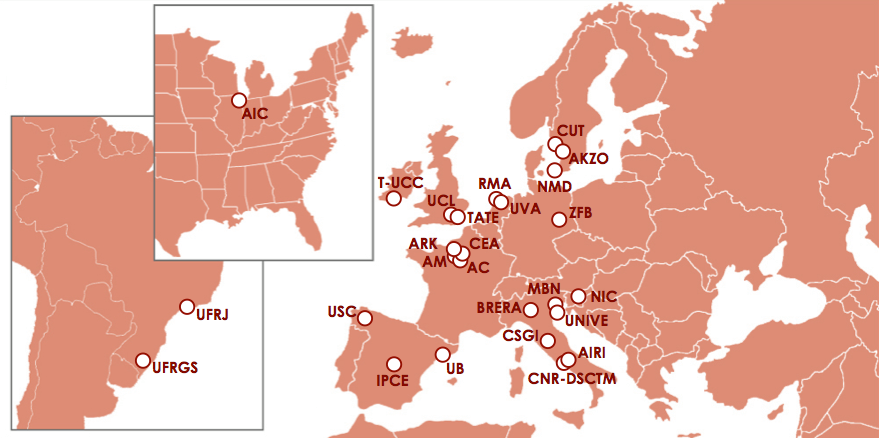Is 3D printing art? Indeed what is art anyway? With 3D printing cropping up on an increasingly regular basis in the art world, a new project looks at how these works might be preserved for the future.
Traditional artworks have well-established conservation methods because the materials used are well-known. Since 3D printing often draws on materials not so common in the art world, new techniques are necessary. It is with this in mind that, University College London (UCL) researchers are carrying out scientific tests on artwork.
The EU funded ‘NanoRestart’ project estimates that many works of contemporary art will degrade within a hundred years to the point of no return. In order to address this, UCL’s Institute for Sustainable Heritage are testing artwork created by Tom Lomax. Lomax is a London based sculptor working with “3D printed color sculptures and digital paintings.”

A recently published paper entitled Preserving rapid prototypes: a review in the November issue Heritage Science journal was co-authored by UCL’s Caroline Coon. In the paper the problem is evaluated and solution proposed. In particular the materials used for 3D printing receive particular attention.
The UCL researcher explains,
Art is being transformed by fast-changing new technologies and it is therefore vital to pre-empt conservation issues, rather than react to them, if we are to preserve our best contemporary works for future generations. This research project will benefit both artists and academics alike – but ultimately it is in the best interests of the public that art and science combine to preserve works.

Conserving them digitally instead?
One solution to protect 3D printed artwork would simply be to conserve the digital format of the designs since these would not degrade like their physical counterparts. Digital designs could also be printed on demand, allowing for multiple galleries to exhibit the same artworks and ultimately allowing more people to experience them.
Physical because must reference a point in time
Digital conservation of artworks would be unsuitable for some artists like Geoff Mann stating that the physical print is “the original artefact, because I think, that: that was that moment in time.” Geoff has an understandable point that art shouldn’t necessarily be timeless, it should reference a specific time and perhaps place. Yet, if that was the case then surely degradation would be an inevitable cruelty that is simply part of the art’s charm. As the article reports, some artists are seeming to embrace this and are accepting the natural changes as part of their artwork. Tom Lomax’s pieces are open to the public to download and print meaning people are able to enjoy the art themselves which shows the differences in approaches. Nevertheless, it is apparent that the artists should be entitled to decide the scope of their art’s publicity.
Tom Lomax, artwork pictured above, puts impetus on the artists themselves:
“As an artist I previously had little idea of the conservation threat facing contemporary art – preferring to leave these issues for conservators and focus on the creative process. But while working on this project with UCL I began to realise that artists themselves have a crucial role to play.”
The research being carried out by Coon and her colleagues, NanoRestart, aims to solve millions of artworks both future and present. Possible solutions being considered include the production of a sunblock type product that would safeguard artworks from light degradation.
The project follows the collaboration between UCL and the V&A museum ‘Design with Heritage’. It seems the Design with Heritage spurred the current research by UCL as it similarly explored 3D printed artwork conservation. Boris Pretzel, Head of Science at the V&A, said:
“The Design with Heritage Project presented an excellent and rare vehicle for artists, scientists and curators to work together to explore pressing issues for the conservation and preservation of artworks made from contemporary, plastic materials.”
Featured image shows Carolien Coon testing on 3D printed artwork. Image via UCL.


